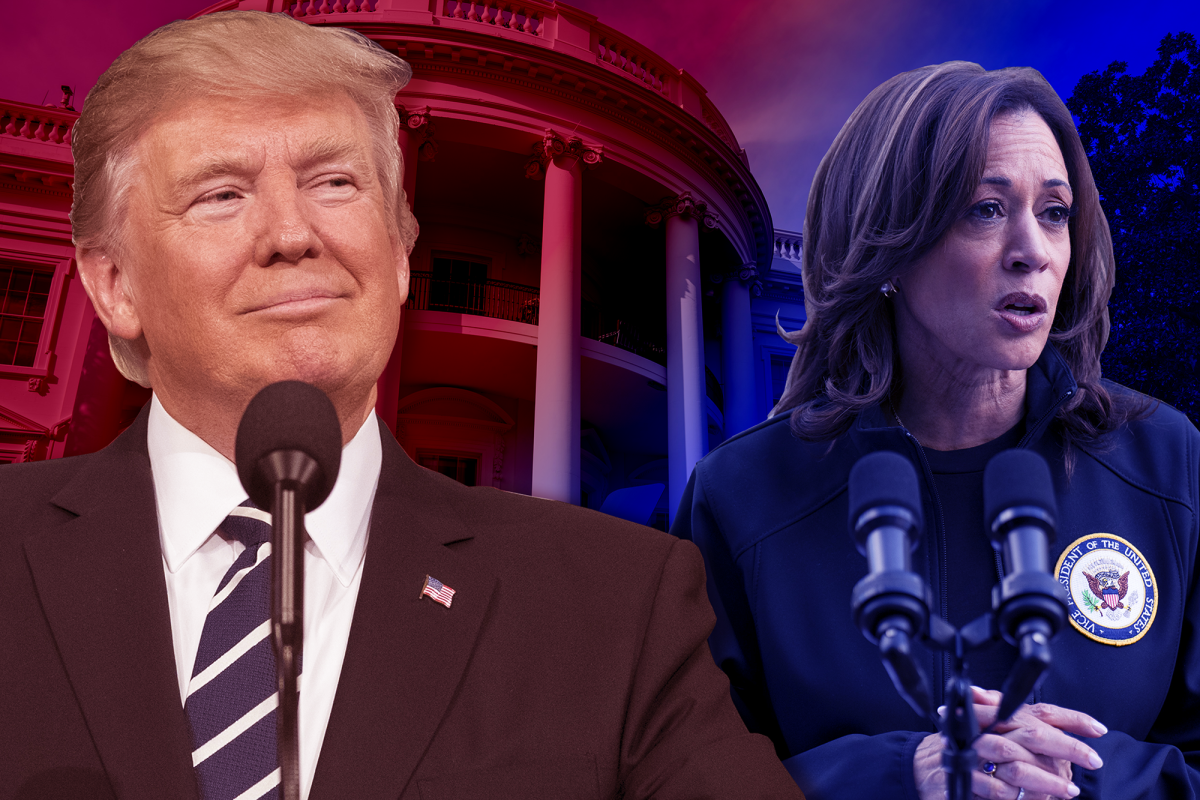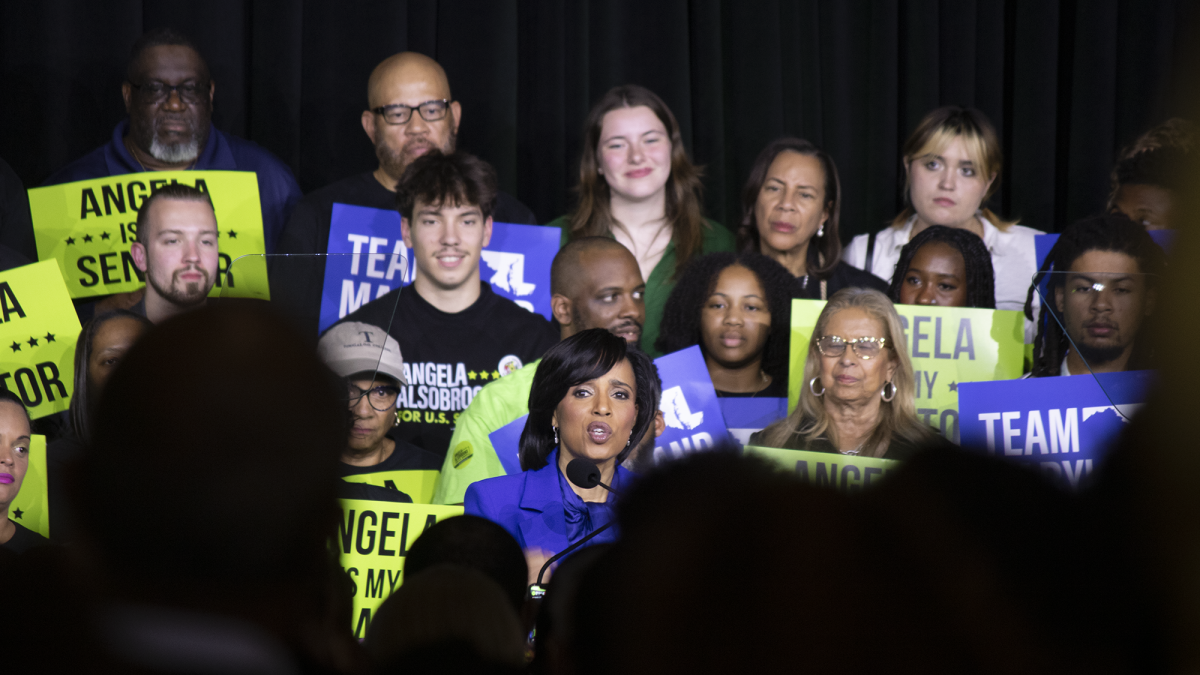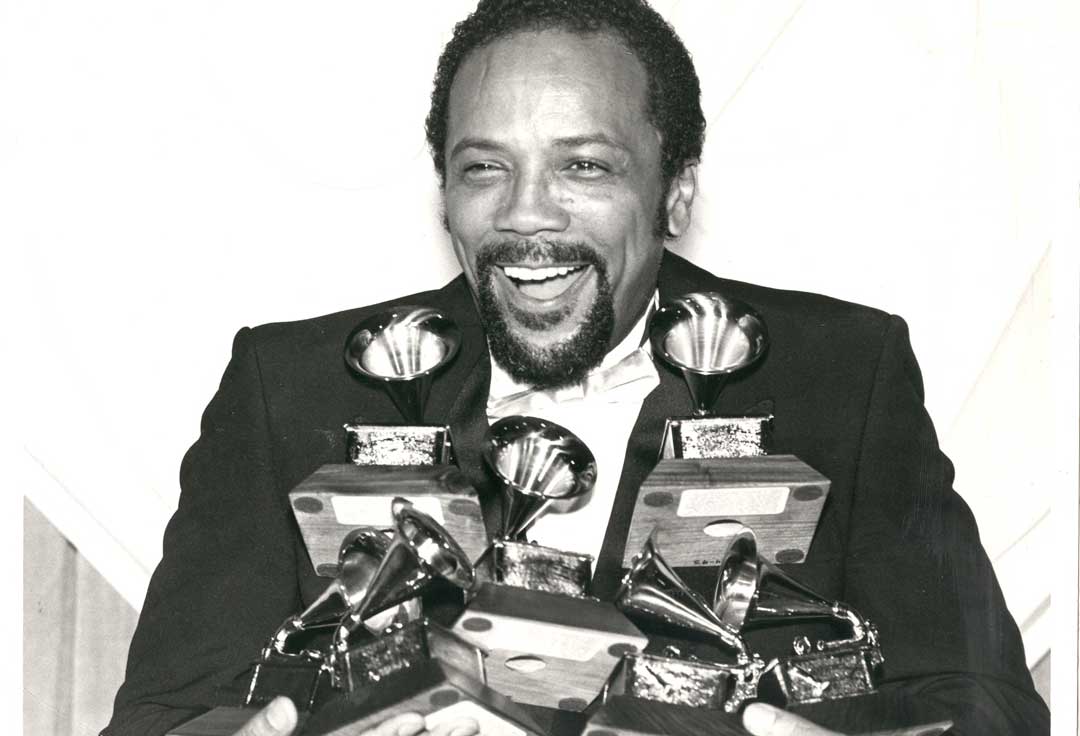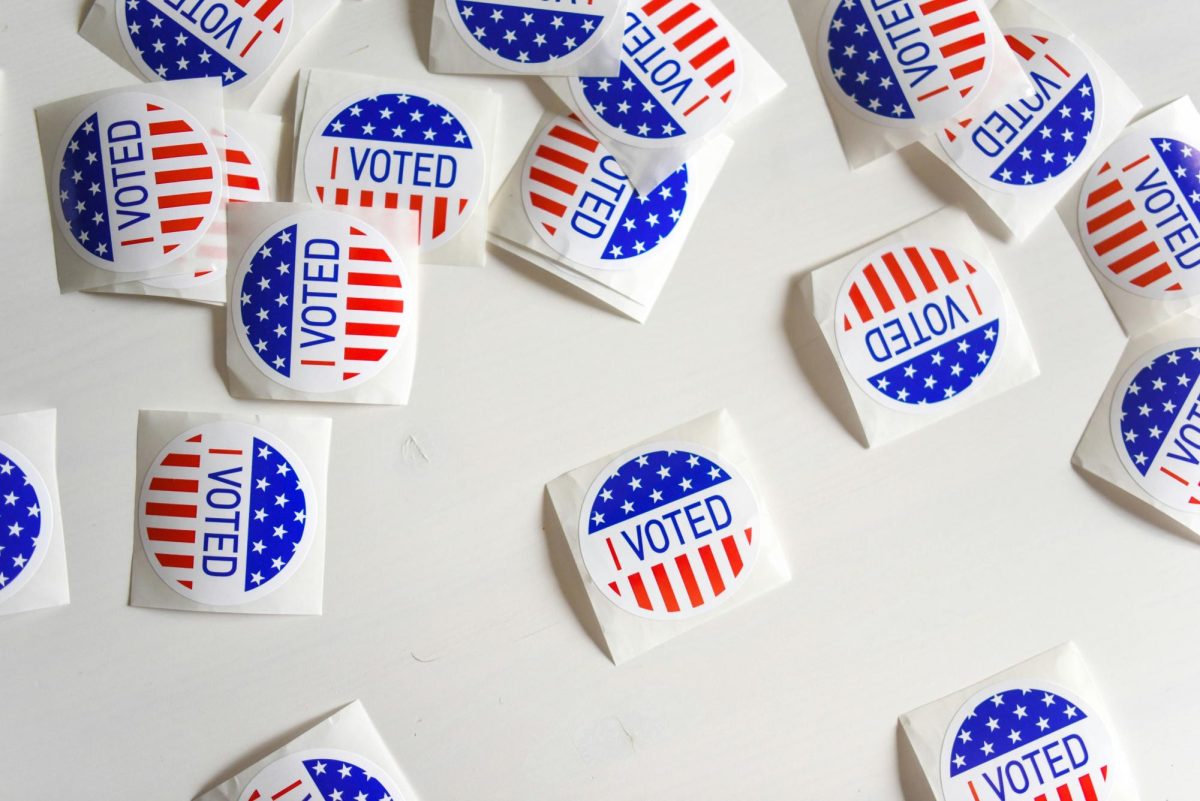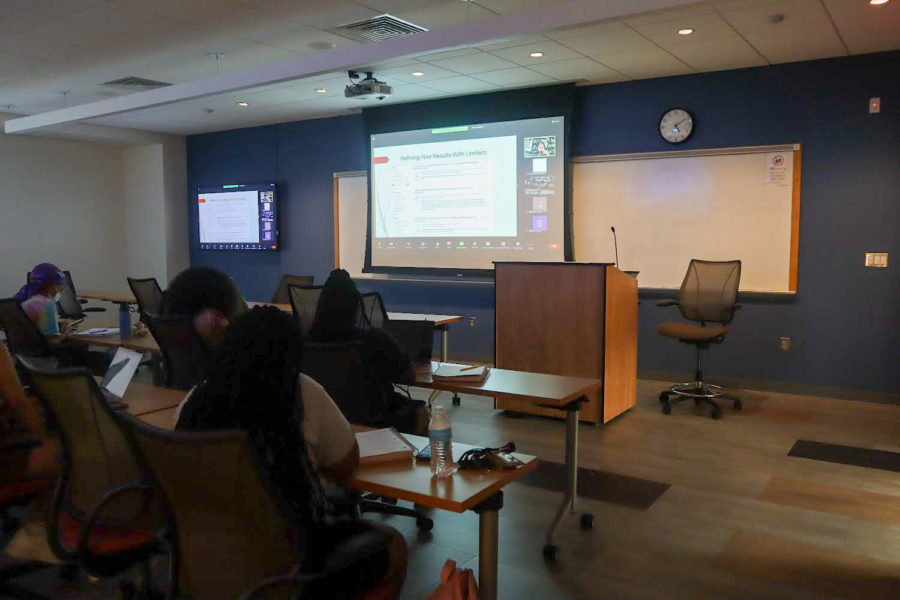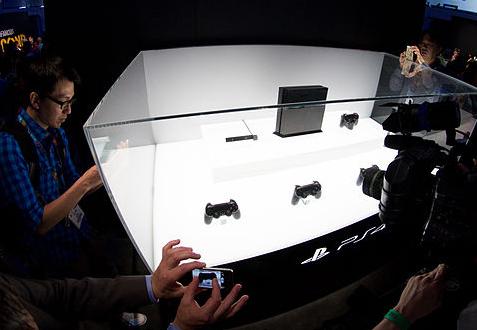Imagine that you are sitting in the back of the Montgomery bus on December 1, 1955, and you see Rosa Parks remaining in her seat after being told to give up her seat to a white man.
Now imagine that you have the opportunity to pull out your 21st century cellular device to record Parks being arrested. Would you post the video on Instagram or Twitter or maybe even on YouTube?
How would the technology that we use today have affected the civil rights era?
Scholars disagree over whether 21st Century technology would have made a difference on Public awareness on the civil rights era in the 1950’s and 60’s.
Dr. Derick Hendricks of the Morgan State University history department believes today’s smart devices would have affected the civil rights movement.
He also indicates how the images of student sit-ins to desegregate lunch counters could have been preserved immediately by use of cell phone cameras.
“Although photographs were taken of the events, I believe that with today’s technology, the quantity… and the quality… of the images would have been much more numerous and more sophisticated,” said Hendricks, in an e-mail interview.
Dr. Debra Ham, also of the MSU history department, said today’s technology would have increased public awareness of the civil rights era, but it would have placed anyone who was recording these events in danger.
“Who ever would have had a recording device would have been in danger,” said Ham. “The ones for segregation would have been outraged because [protesting] was considered going against the system.”
For instance, if someone used the camera or an application on their smart phone to record Parks being arrested, it would have caused whites to be outraged and become violent, according to Ham.
Ham said whites did not want their way of life to be placed in the media because in their eyes they were not wrong.
“According to [southern whites], the one who was wrong was Ms.Parks,” said Ham.
Hendricks said the reactions to Parks’ arrest would have resulted in an immediate response if it were caught on camera.
“To be sure, today’s technology would act as a catalyst for more demonstrations [against] racial discrimination,” said Hendricks. “I think these protests would have taken the form of direct action and online activity.”
Ham believes such a video would have brought attention to the public about the mistreatment of blacks but it would not have helped Parks’ case because she was going against the system.
“It was not a part of the northern tradition for a black person to rise and give their seats to a white person,’ said Ham. “I believe that if the video was recorded in the north, the reaction would have happened sooner.”
“In the South, [even] some blacks felt that she should have just left the system alone and given up her seat rather than, having the police taking her away and sending her to jail.”

